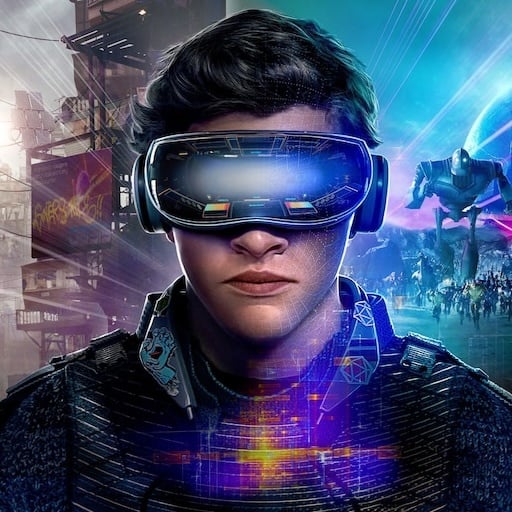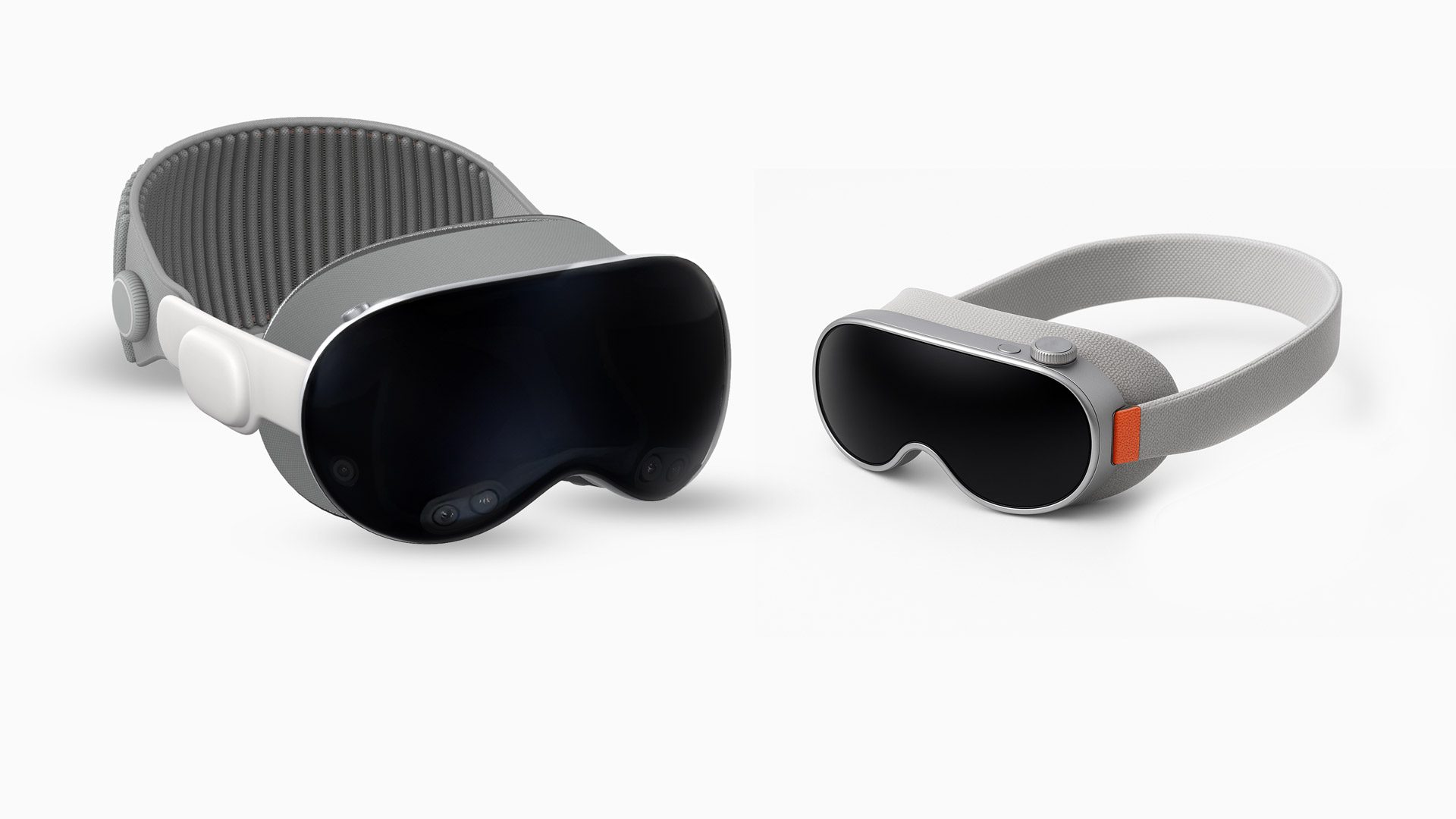Cutting it down to half the size would mean bringing it down around 310 grams; certainly not be easy but also not entirely unrealistic, especially if they stick to an off-board battery. After all, Bigscreen Beyond is around 180 grams. It might not be a standalone headset, but it shows how compact the housing, optics, and displays can be.
And half the cost would mean a price tag of roughly $1,750. Still not cheap compared to most headsets out there, but significantly more attainable, especially if Apple can market it as also being the best TV most people will have in their home.
This might seem obvious. Making any tech product smaller and cheaper is a good thing.
But my point here is that Vision Pro is disproportionately held back by its size and cost. It has way more to be gained by halving its size and cost than Quest, for instance, because Quest’s core UX is still very clunky.



I bought some cheap USB-C glasses awhile back. Definitely not VR or mixed reality — there’s not motion tracking — but it was cheap and it’s actually weirdly handy. It plugs into any modern phone, Steam Deck, laptop etc. and is just a monitor.
It’s good on flights but I’ve also found niche applications. Like attending a presentation/lecture? Just pull it up on your phone and lay back. It actually helps me pay attention since I can’t do anything else with screens over my eyes. (I can touch-type or use a game controller but it’s basically impossible to use a touchscreen you can’t see.)
They sound neat. I’d like to try some, what did you get?
TCL Nextware G. I got them a couple of years ago so there might be better/cheaper versions now but the simplicity is half the point to me. I like that it’s just a 1080p generic monitor and there’s no drivers or need for a discrete GPU or anything like that.
Out of curiosity, I just checked Amazon and my receipt. They were cheaper in 2023 but I’m in the U.S. and TCL is a Chinese company so prices are ¯\_(ツ)_/¯ here.
Thanks! They are a bit more than I expected but still not bad even at $249.